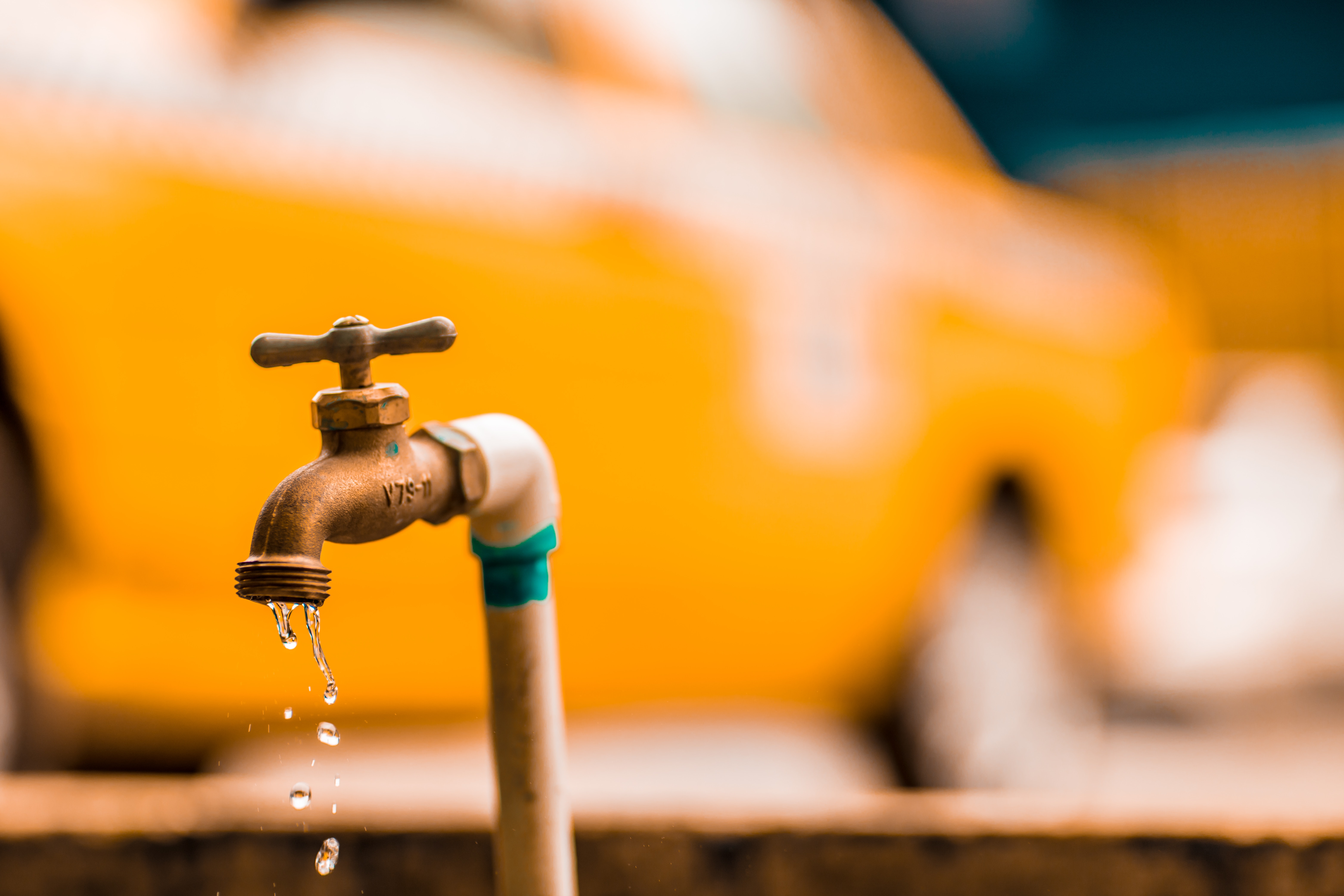Concepts of pipes and cisterns are explained below with details of the inlet, outlet and also formulas.
Pipes are unit connected with a tank or cistern and are used to fill or discharge the tank.
Inlet:
It is a pipe connected with a pipe or cistern to fill it.
Outlet:
It is a pipe connected with a pipe or cistern to empty it.
Pipes and cisterns concepts include problems that are similar to those of Time and Work but the difference here is that work done is considered as filling or emptying tank or cistern.
Generally, time taken to fill a tank or cistern would be taken as positive and time taken to empty a tank or cistern is taken as negative.
Generally, we consider the amount of work done I, e filling or emptying a tank/cistern as unity, unless or otherwise specified.
The following table shows the signs that are used while filling and emptying the tank or cistern.
| Fill | Empty | |
| Filling pipe | positive | negative |
| Emptying pipe | negative | positive |
Formulas Of Pipes And Cisterns Concepts
1. Let an inlet can completely fill the empty tank in X hours,
the part of the tank filled in one hour is
\begin{align*} \dfrac {1}{X} \end{align*}
2. Let an outlet can empty the tank in Y hours,
the part of the tank emptied in one hour is
\begin{align*} \dfrac {1}{Y} \end{align*}
3. Let both the inlet and outlet are opened at a time,
the part of the tank filled in one hour is
\begin{align*} \left( \dfrac {1}{x}-\dfrac {1}{y}\right) \end{align*}
4. Let two pipes A and B working alone can fill a tank in X hours and Y hours respectively. If both the pipes are opened together then, the time taken to fill the tank is
\begin{align*} \left[ \dfrac {XY}{\left( X+Y\right) }\right] \end{align*}
5. Let three pipes A, B and C working alone can fill a tank in X hours, Y hours and Z hours respectively. If all the 3 pipes are opened along then,
the time taken to fill the tank is
\begin{align*} \left[ \dfrac {XYZ}{\left( XY+YZ+ZX\right) }\right] \end{align*}
6. Let pipes A and B can fill a tank in X hours, B and C can fill in Y hours, C and A can fill in Z hours then the time taken to fill the tank by
all the three pipes is
\begin{align*} \left[ \dfrac {2XYZ}{\left( XY+YZ+ZX\right) }\right] \ hours. \end{align*}
\begin{align*}
A \ alone =\left[ \dfrac {2XYZ}{\left( XY+YZ-ZX\right) }\right] \ hours
\end{align*}
\begin{align*}
B \ alone = \left[ \dfrac {2XYZ}{\left( YZ+ZX-XY\right) }\right] \ hours
\end{align*}
\begin{align*}
C \ alone =\left[ \dfrac {2XYZ}{\left( ZX+XY-YZ\right) }\right] \ hours
\end{align*}
7. Let two pipes A and B can fill a tank in X hours and Y hours respectively. There is also an outlet C. If all the three pipes are opened together tank is filled in Z hours.
The time taken by C to empty the full tank is
\begin{align*} \left[ \dfrac {XYZ}{\left( ZX+YZ-XY\right) }\right] \ hours. \end{align*}
8. Let a pipe takes X hours to fill a tank. But due to a leak, the tank is filled in Y hours.
The amount of time in which the leak can empty the full tank is
\begin{align*} \left( \dfrac {XY}{Y-X}\right) \ hours.
\end{align*}
9. Let a tank has a leak which can empty it in X hours. A pipe which admits Y liters of water per hour into the tank is turned on and now the tank is emptied in Z hours.
The capacity of the tank is
\begin{align*} \left[ \dfrac {XYZ}{\left( Z-X\right) }\right] \ liters. \end{align*}
10. Let a fill pipe A is k times faster than the other fill pipe B
- If B can fill a tank in X hours and both the fill pipes are opened together, then
the time in which the tank will be full is
\begin{align*} \dfrac {X}{k+1} \ hours.\end{align*} - If A can fill a tank in Y hours and both the fill pipes are opened together, then
the time in which the tank will be full is
\begin{align*} \left[ \dfrac {k}{\left( k+1\right) }\right] Y \ hours. \end{align*}
11. Let a fill pipe A is k times faster and takes X minutes less time than the other fill pipe B then
if both pipes are opened together time taken to fill the tank is
\begin{align*} \left[ \dfrac {KX}{\left( k-1\right) ^{2}}\right] \ minutes. \end{align*}
A alone can fill the tank is
\begin{align*} \left[ \dfrac {X}{k-1}\right] \ minutes. \end{align*}
B alone can fill the tank is
\begin{align*} \left[ \dfrac {KX}{k-1}\right] \ minutes. \end{align*}
12. Let two taps A and B can fill a tank in X hours and Y hours respectively. If both the pipes are opened together, then the time after which pipe B should be closed so that the tank is full in t hours is
\begin{align*}
Y\left[ 1-\left( \dfrac {t}{X}\right) \right] \ hours.
\end{align*}







